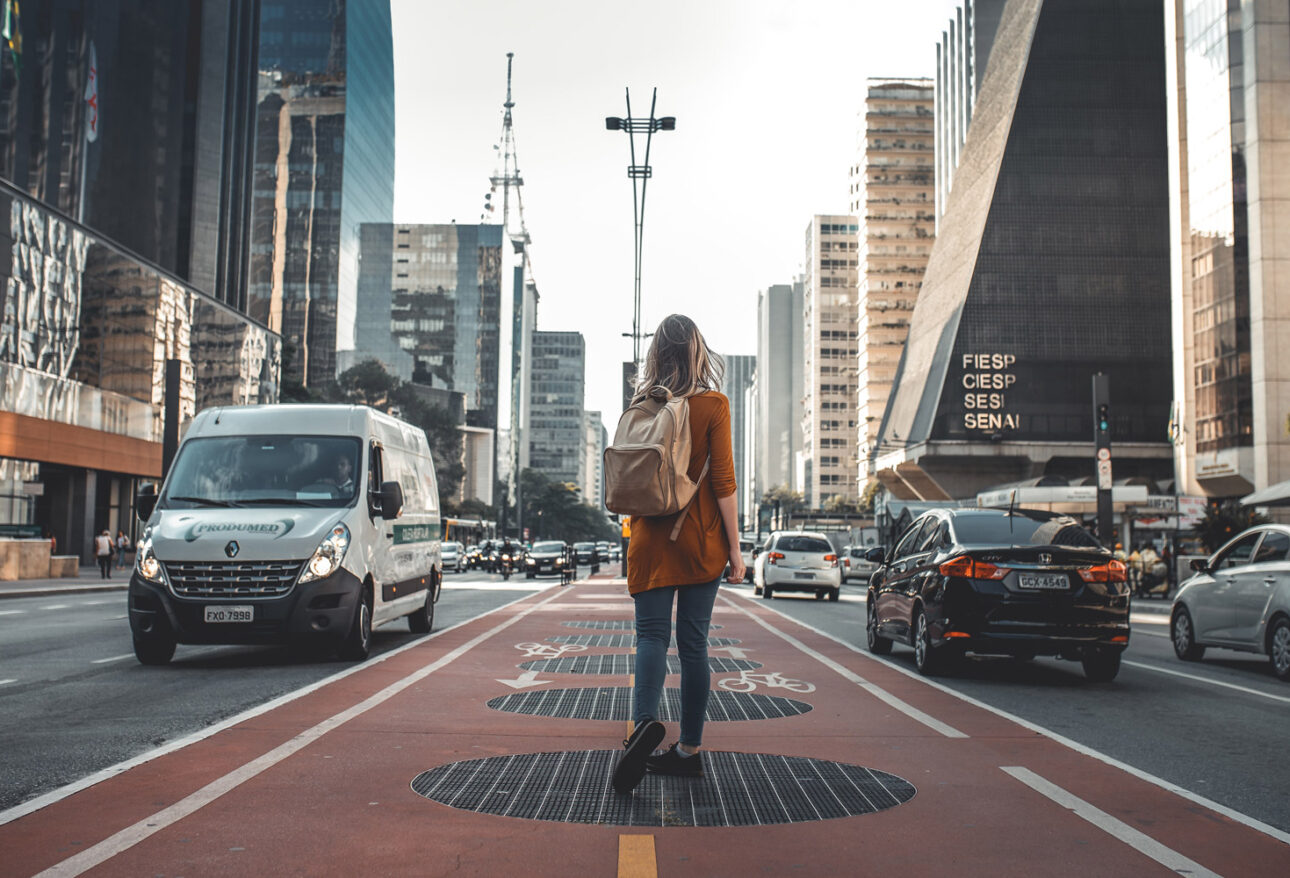Sao Paulo is the biggest city in Brazil with a population of about 12,000,000 and a metropolitan population of almost 22,000,000. Despite being one of the wealthiest cities in the southern part, Sao Paulo exhibits glaring inequality between classes. Many various nationalities live here in Sao Paulo, making it one of the most diverse cities on the globe.
Many eco-tourism options are available in the National Park Serra do Mar, a chain of mountains clad in lush jungle, and a UNESCO World Heritage Site. There is a city law banning advertising such as billboards in Sao Paulo. Moreover, there is another law that restricts heavy trucks from entering most streets except at night.
Chief Tibiriçá and the Jesuit priests José de Anchieta and Manuel de Nóbrega were the people who established the village of Sao Paulo de Piratininga on 25 January 1554. In 1711, Sao Paulo was officially considered a city. As a result of the coffee exports from the port of the neighboring city Santos, this city flourished economically during the 19th century.
Due to the boom in coffee production, Sao Paulo State attracted many immigrants from Italy, Japan, and some other countries in Europe and the Middle East. Today, the city is host to many local and international financial organizations, law companies, multinational firms, advertising enterprises, and client services.
Diversity
Today, the largest Japanese population outside of Japan lives in Sao Paulo. It is normal to observe companies and organizations being managed by Chinese and Korean-Brazilians in Liberdade, which was previously an Italian. Currently, there are a large number of Koreans and Chinese residing in this area.
In addition, the city has a significant Italian population, mostly in upper- and middle-class areas, with around 6 million people who are Italian descent. A small but noteworthy community of Arabs and Jews is also well-represented in the high echelons of society, and they are specifically active in politics.
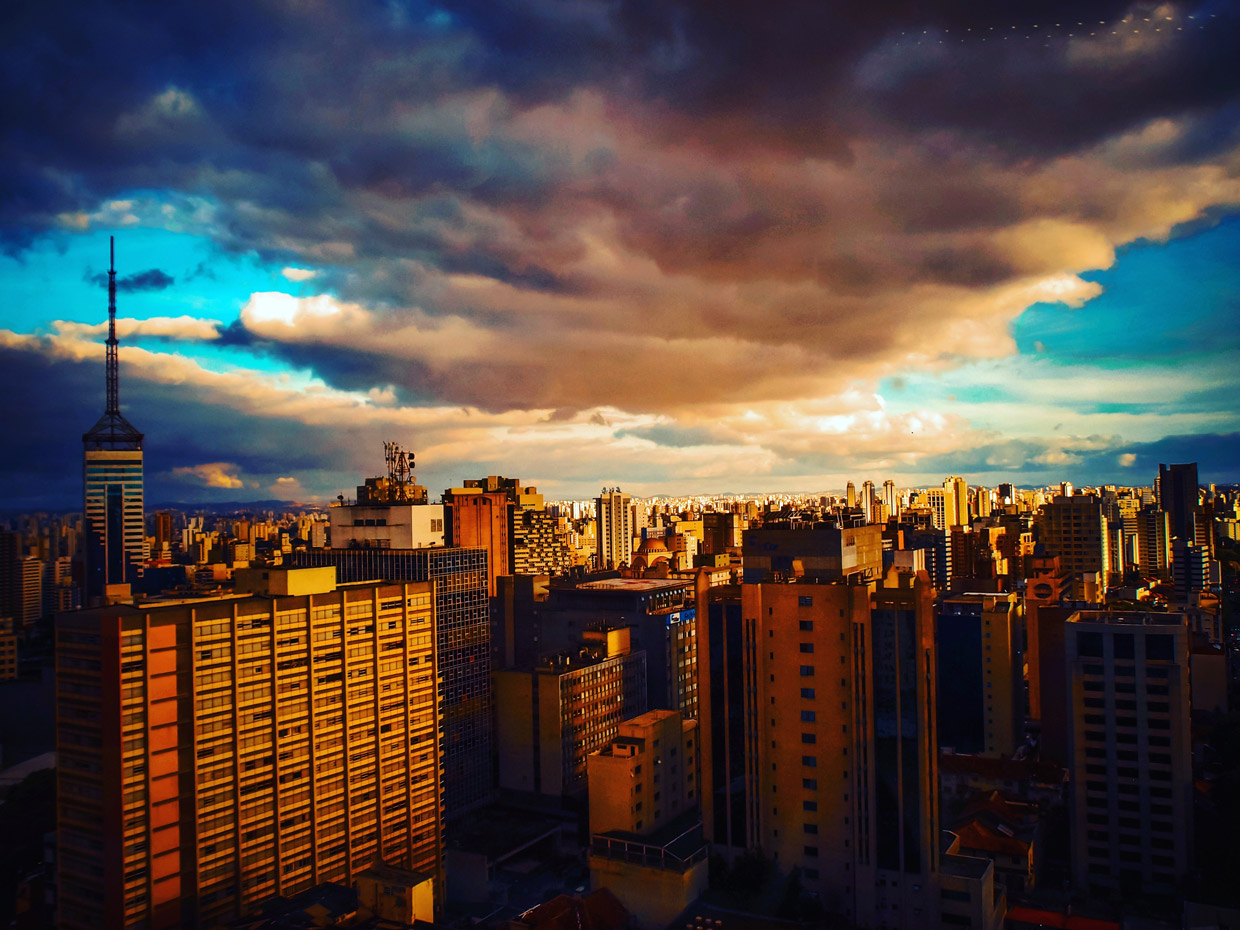
Language of People
People in Sao Paulo, especially if educated, speak English (and sometimes Italian and French) properly, more than any other city in Brazil. The Diversity of nationalities in this city is a determining factor. English is spoken in most hotels and tourist businesses, but English menus for food are unfortunately infrequent. In general, Spanish isn’t spoken.
Various Portuguese language institutions teach English as a second tongue. If you are searching for someone who can speak English and help you, don’t worry and keep going since local people are mostly open and intimate and try their best to help tourists. Nevertheless, you might also find some difficulties in some places. So, it would be a good idea to write down or memorize some keywords and phrases.
- Comfortable Shoes and an alternative pair. You will walk around the city, and it won’t be economical to buy a new pair when you can bring one beforehand.
- You need to bring a standard backpack to fit your food, a bottle of water and other necessary things. Also, it should not hurt your back on long walks.
- The topical weather is not predictable. Bring an umbrella with you.
- Sunscreen will protect your skin, especially on long walks under the sun. Preferably SPF 50+.
- Don’t forget to bring your camera If you have one.
There is no question that a complete tour of the city would require two or three weeks (since the lifestyle of locals and their everyday life in the town are attractive to those who are interested in exploring human societies). Still, all the main attractions can be seen for three days.
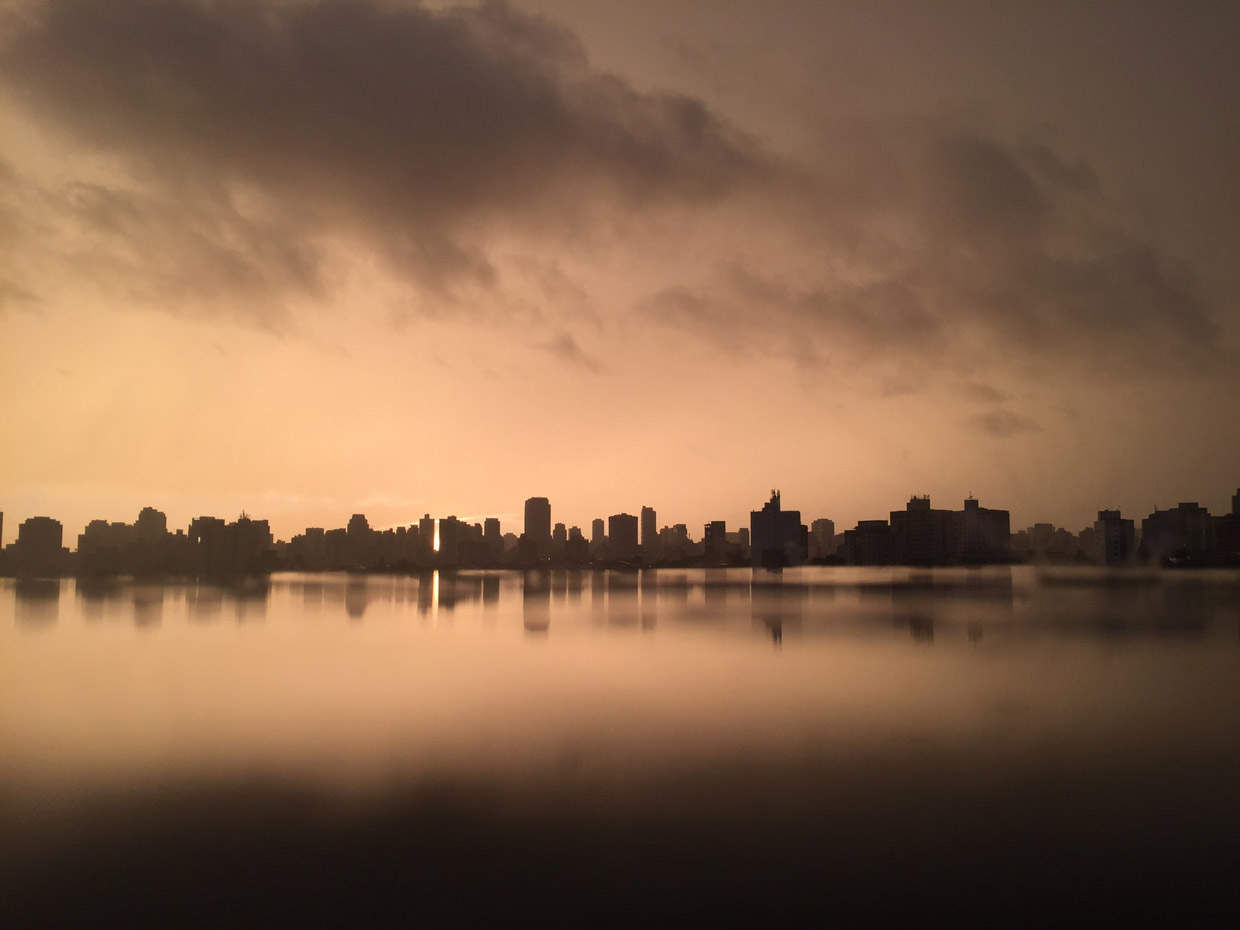
There are several ways available for you to reach this megacity. Here is a summary of each:
Air Traveling
Three main airports exist in Sao Paulo: Congonhas-Sao Paulo Airport (C.G.H.) serves many national routes from Rio de Janeiro, Brasilia, and other areas. It’s located 15 km (9 mi) from the city center. The Architecture of this airport is genuinely worth seeing. Guarulhos International Airport (G.R.U.), also called Cumbica, is located just over 15 miles from the city center and is used for international flights.
The third one is Viracopos (also called by city code C.P.Q.). This airport is used for international and some national flights and is located in Campinas, about 99 km (62 mi) from Sao Paulo. It costs around R$100 for a ride to most places in the downtown area. Three of Brazil’s leading airlines, T.A.M., Azul, and Gol, provide free shuttle buses to and from Guarulhos International Airport and Congonhas National Airport.
Suppose you want to be economical on your trip and also can devote enough time. In that case, it is more budget-friendly to take those buses to Congonhas airport (you should show your passport or a print of your reservation to the driver) and after that take a taxi to wherever you want.
This will reduce your spending on getting a taxi directly from Guarulhos Airport. There is a 60-90 minute drive between those airports, and you don’t need to make any reservations previously. It might be a wise idea to take the Airport Express to your final destination, especially if you are not carrying a piece of heavy luggage. Be sure to check the timetable of buses if you want to choose this alternative.
Road Travelling
Bus
Terminal Rodoviário do Tietê, Terminal Rodoviário da Barra Funda, and Terminal Rodoviário de Jabaquara are the three main terminals of Sao Paulo. All three of these have unmediated access to the subway system. The city has routes that connect it with Sao Paulo, the south coast, Rio, and even Paraguay, Uruguay, and Argentina.
Car
There are two highways to the city, known as the Anchieta and the Imigrantes, and eight other main highways that link the town to main centers in every direction. Although there are numerous roads in the city, there is always the possibility of traffic jams, especially in the morning and late evening peak hours.
Museu de Arte de São Paulo/ Museum of Art
Situated among the significant municipal structures and fashion shops, near the enormous Avenida Paulista, is where the world-famous Sao Paulo Museum of Art is situated. A visit to this gallery will reveal endless treasures, with a complete collection of artworks from all over South America.
Here you will find masterpieces of Picasso, Van Gogh, Renoir, and friends along with the perfect representation of domestic artworks. In other words, you will be able to find yourself in Brazil while experiencing cultures worldwide.
Theatro Municipal de São Paulo/Municipal Theatre of São Paulo
Located in the heart of the city, this marvelous baroque structure has been the theater in the town for 135 years and is the home to various outstanding shows. It has become a historical gem amid the modern buildout around it and is worth visiting, whether for a show or for the charm of the building itself. Luxurious halls, gold-plated walls, and velvet-covered chairs fill the halls.
Ibirapuera Park
There is no doubt that Sao Paulo’s Ibirapuera Park is a great place to visit among the crowd of the city. This park represents an incredible amount of different vegetation in addition to a number of the city’s most spectacular attractions.
As you travel between sites like the Museum of Modern Art, the city Planetarium, and the Museum of Afro-Brazilian Art, you’ll pass through worth-seeing indigenous trees and a picturesque lake. In addition to the Japanese pavilion and Sao Paulo’s Obelisk, the park holds delightful surprises all the way.
Catedral Metropolitana DE São Paulo/ São Paulo Cathedral
The Cathedral stands stunningly above the Praça da Sé, which is one of Sao Paulo’s most famous hallmarks and also the social center of the city. There is a route that leads to the Neo-Gothic central point through typical Latin American vegetation and beautiful pools. Throughout the interior, the columns incorporate Brazil’s agricultural and animal culture in a tribute to their homeland. Underneath the altar lies a mysterious underground tomb.
Municipal Market
While the industrial hall of this market is enormous, it resembles pretty little with traditional markets today as it serves only as a place to entertain tourists (not just tourists from abroad, but locals too). There is a good selection of non-typical fruits at this store, but the prices are way too high.
Additionally, there are several bakeries and eating houses with high costs. By the way, the prices still don’t seem as bad as the fruits and vegetables. A Mortadella sandwich at Municipal Market should not be missed if you are interested in a traditional snack. In addition to its taste, this cuisine is also known for its size. It is pretty difficult to eat the sandwich alone because of its size!
Parque da Independência/ Independence Park
Brazil’s independence was declared in this park nearly 200 years ago, and since then, it has become one of the nation’s most loved public spaces and national memorials. Visitors to the Ipiranga Brook will also see the Fatherland Shrine, a remarkable memorial sculpture made out of bronze on the riverbank. You can take a visit to the Museu Paulista, which represents a summary of Brazilian history, on the other side of the park.
Avendia Paulista/ Paulista Avenue
It is filled with many towers where many national-level companies sit, making it a center for economic power for the city. It feels nice to walk around the Avenida Paulista on weekends due to traffic reduction on weekdays.
Walking the entire length of Avenida Paulista is not beneficial, as the views become monotonous after a few times. Hence, it is a good idea to start at the Museum of Art and walk in any direction for a kilometer to get a sense of the location.
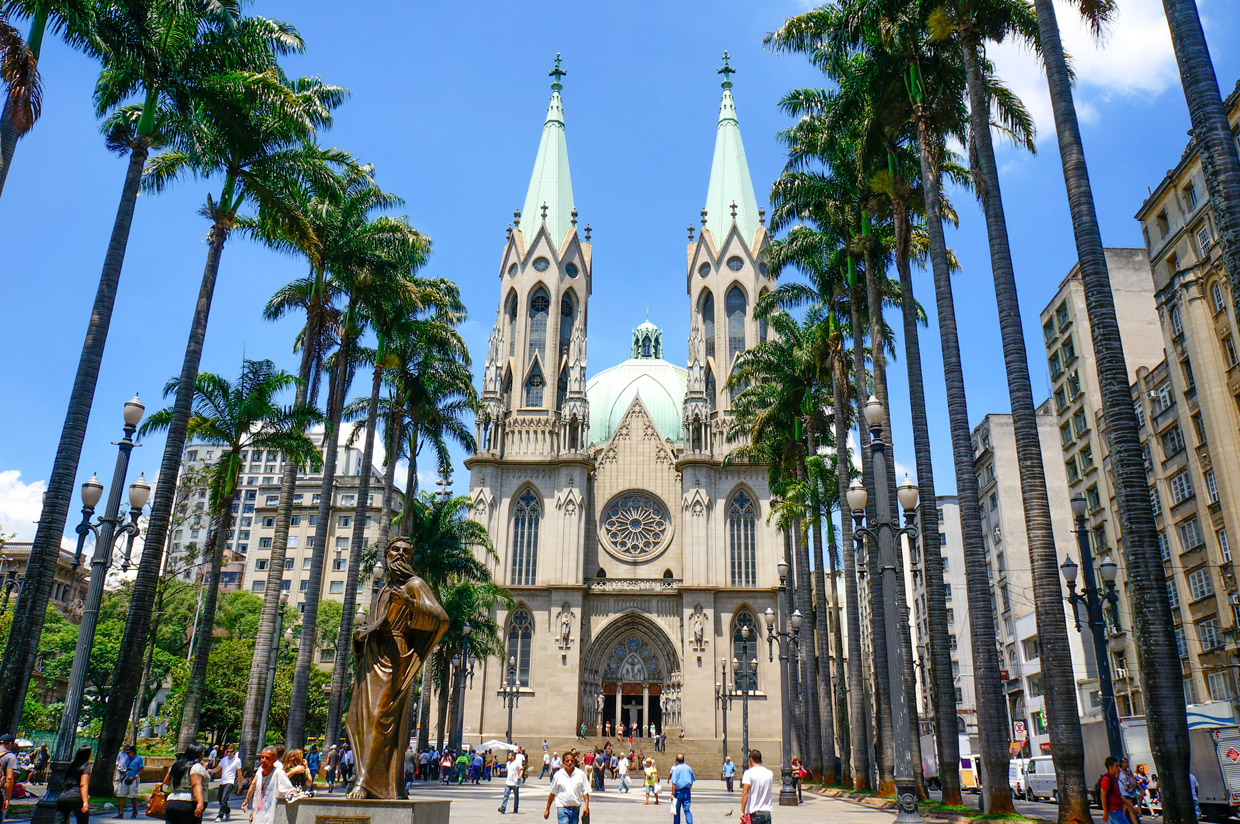
Stay Safe!
Sao Paulo can be considered one of the most dangerous cities in terms of personal safety. But as we all know, it is a common problem in every crowded megacity. But do not worry! The chance of being at risk is reduced if you stay within the city center and the main attractions.
The trouble increases if you visit suburbs and similar places. You need to be cautious about your personal belongings and try to stay aware when visiting an attraction or stopping by to eat in a restaurant or drink in a bar.
As we mentioned before, there is a sheer class gap in Sao Paulo, despite its economic flourishment. Thus, expect to see numerous homeless. These people are found anywhere. When possible, it is wise not to be part of any street debate or argument.
Typically, rush hour is between 6 AM-9 AM and 4 PM-8 PM, but since city roads are constantly at capacity limits, any minor incident can result in lengthy delays. To get around economically, tourists should use the subway, trains, and buses whenever possible. For shorter distances, it is a good idea to get a taxi.
Urban Train
This way of transportation consists of subway and surface trains. Surface trains can be as proper as subway trains in terms of quality, especially in tourist parts, the chance of getting on a high-quality train increases. Several other cities within and even outside the Sao Paulo district are also accessible by these kinds of trains.
At any station, you can purchase single tickets at a counter or from an automatic machine. Multi-ticket purchases do not save you money, but they save you the time needed to wait in a queue, for example. The regular active hours of trains are Sunday to Friday, from 4:30 AM to 12:40 AM. This schedule can change mildly from station to station.
Bus
Most people use buses to travel around the city, but they are not that quick and might get very cramped. The rate of tickets is R$4,00 one way. Brazil’s citizens are known to get in the bus from the backside, which can make getting off tricky, but it’s gentle to do so.
In addition, if you’re carrying a big bag, somebody might offer to hold it for you while you are standing. This is a usual thing to do because locals are truly nice and helpful. Try to avoid rush-hour traffic if you have heavy luggage since buses can become crowded during these times.
Taking the bus at night is not always a good idea, specifically if you’re all alone waiting at the bus stop. It’s better to call a cab company or ask somebody to pick you up.
Taxi
A particular characteristic of taxis in Sao Paulo is that they are white with a distinctive bright green “TAXI” sign on top of their roof. You can find two types of taxis in Sao Paulo: a more budget-friendly street-hail and a radio cab. Taxis in white are commonly found at stands near large venues and squares of the city.
You can order a radio taxi via telephone at your hotel’s reception, or try calling a cab company directly. Today, a few companies offer online, fixed-price, quote-and-book services. Foreigners may find that the costs for taxis in Sao Paulo are pretty high in comparison with other megacities around the world, and there may also be a risk of being overcharged, depending on the neighborhood.
Car
If you’re not used to Sao Paulo, getting around by car is not a rational thing to do since it is a megacity, and you might get lost. Traffic can be hefty, and parking may get troublesome. Specific neighborhoods can also be difficult to navigate due to their winding streets. So, as a tourist, you don’t need to bring your car with you to Sao Paulo.
Bicycle
When visiting the city, bike riding is one of the most convenient ways to explore. Except for the extreme northern part of the city, most of the city is leveled or quite steep.
Lots of car drivers take care of bicycle runners, but there is also a vast number of drivers like bus drivers who don’t pay attention. Yet, there are plenty of bike paths and lanes (around 55 km), including one along Avenida Paulista.
Urban trains allow bicycle runners at these times:
- Metro/Subway: Mondays through Fridays starting at 20:30, Saturdays starting at 14:00, Sundays and holidays all-day
- Surface trains: Saturdays begin at 14:00, Sundays and holidays all day
Walking
In São Paulo, where automobiles control the routes and streets, pedestrians are not the priority even though the nation’s transit rules call for it. Whenever you cross the street, be cautious about cars that may come out of the blue, albeit the pedestrian signals are green.
When crossing a large road with high traffic volume, use a pedestrian viaduct or bridge. Never try to cross the street at these times on your own since it might be hazardous. There is usually a bridge somewhere in the road that makes it safe for you to cross.
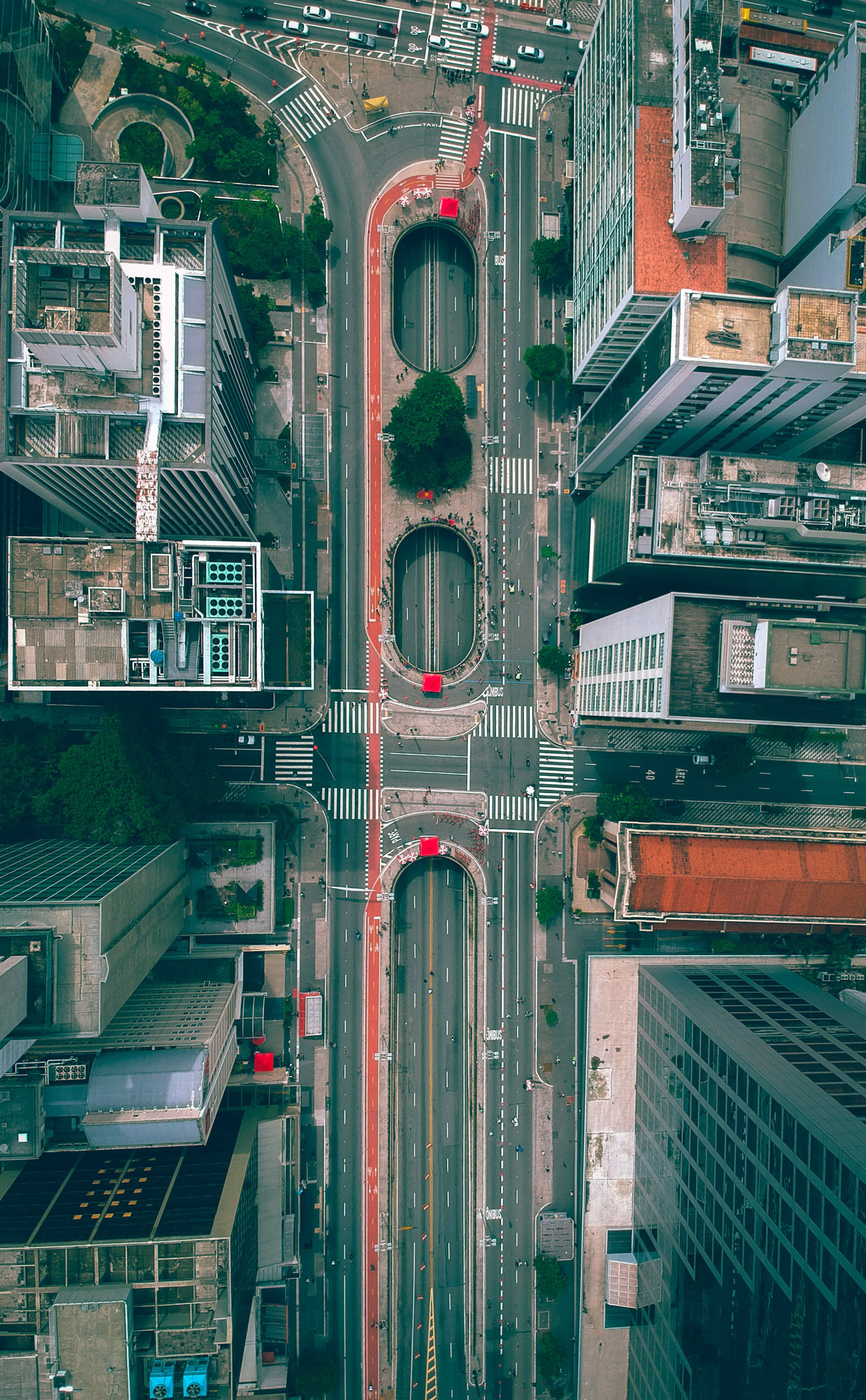
Here we have brought a summary of some neighborhoods and their main characteristics for you. This will help arrange your journey in a more organized way and assist you in finding the best place for your resort.
Jardins
Jardins is a deluxe neighborhood in the high-class region of Sao Paulo. Here you will face numerous modish boutiques and shops and fashionable people when wandering around the main attractions. Rua Augusta Street is where you’ll find many of the city’s luxurious hotels and eating houses. Rua Oscar Freire is a center for those who are interested in shopping for luxury stuff.
Vila Madalena
Located in the city’s bohemian section, this area is dotted with bars and clubs representing an artistic atmosphere. Along Rua Aspicuelta, you can find a variety of restaurants.
Itaim Bibi
Close to Ibirapuera Park, this neighborhood offers excellent eating options and mid-priced hotels like the Clarion and TRYP. Most young people live in this popular residential neighborhood.

Sao Paulo has so many hotels that because of the high level of competition, we expected to find hotels at a lower price. But unfortunately, it’s not true, and competition does not reduce the expenses, since the city receives numerous business people and a host of conferences occur here. As a result, it is considered to be an expensive city. Here we have listed a short and summarized list of Hotels in different ranges to make it easier for you to decide.
Budget-Friendly
Balcony Hostel Hotel: Located right close to the LUZ subway Stop, this guest house offers dormitories and private rooms at a reasonable price for those who want to stay economical.
Mid-Priced
Hotel Boulevard Inn São Paulo: This hotel’s excellent location, large and comfortable rooms, delicious breakfast, professional staff, and affordable price make it an excellent option when staying in Sao Paulo.
Expensive
Tivoli Mofarrej São Paulo: Elegant hotel with picturesque views over Sao Paulo perfect for tourists. This five-star hotel is comfortable, luxurious, and professional in giving services like a spa, swimming pool, gym, restaurants, and bar.
The price of food in Sao Paulo varies in an extensive range, as well as the vast number of eating houses available in various districts. There are many places to dine, ranging from budget restaurants to costly fine dining places.
D.O.M. is one of those famous high-level restaurants. In 2012, The World’s 50 Best Restaurants picked this restaurant as South America’s number four restaurant and the fourth in the world.
There are also numerous fast-food chains in the city, including everything from burgers to sushi to kebabs. International options are also available here in this international city. For example, Sao Paulo’s Habib’s, a fast-food chain serving cheap “Arab-Brazilian” snacks, is popular among the lower classes of Paulistanos.
Unlike Rio, the popular mix of beans and rice in Sao Paulo consists of brown beans rather than black beans. Sao Paulo is also known for its Virago à Paulista, a dish made with rice, tutu de feijão, sautéed collard greens, and pork chops, normally biotech. The plate is usually served with pork rinds, sausage bits, fried eggs, and fried bananas.
There are also the world-famous churrascarias in Sao Paulo, where you will find the greatest variety of meats and cuts, as well as side meals and salads that you can choose from. The price for how much you can eat varies from R$45 to R$115 in these places.
This system is known as rodizio, and it is prevalent among people of the city, spreading to other cuisines such as Japanese and Italian. Pizza is also a popular dish that can be found with an endless array of toppings.
Don’t forget that you are usually expected to tip 10% of the total bill in restaurants and other kinds of eating houses. Some restaurants do not include the service charge, and you may see the message “Serviço nao even” at the end of the bill; however, to be polite, leave a standard 10 percent tip, which is usually included in the bill.
A Few Tips
- It’s a good idea to keep prints of your destinations and addresses, in case you cannot find a person who can speak your language, you can show the address to them.
- Sao Paulo is a lively city. In other words, it does not sleep at all. So if you are a party animal and looking for some exhilarating night activities, don’t forget to check them out when you get there.
- Don’t drink tap water. Since local people do not drink it, it would be safer not to try drinking from the tap water and put your health at risk.

